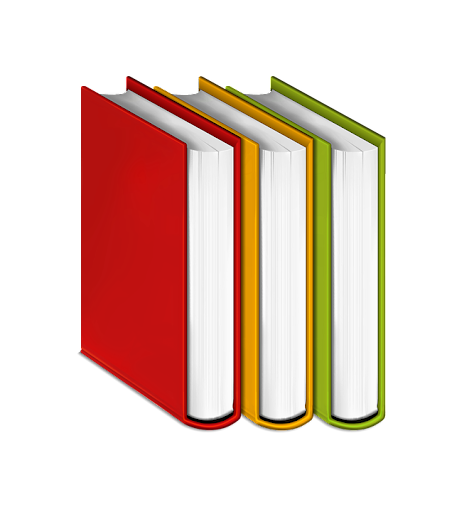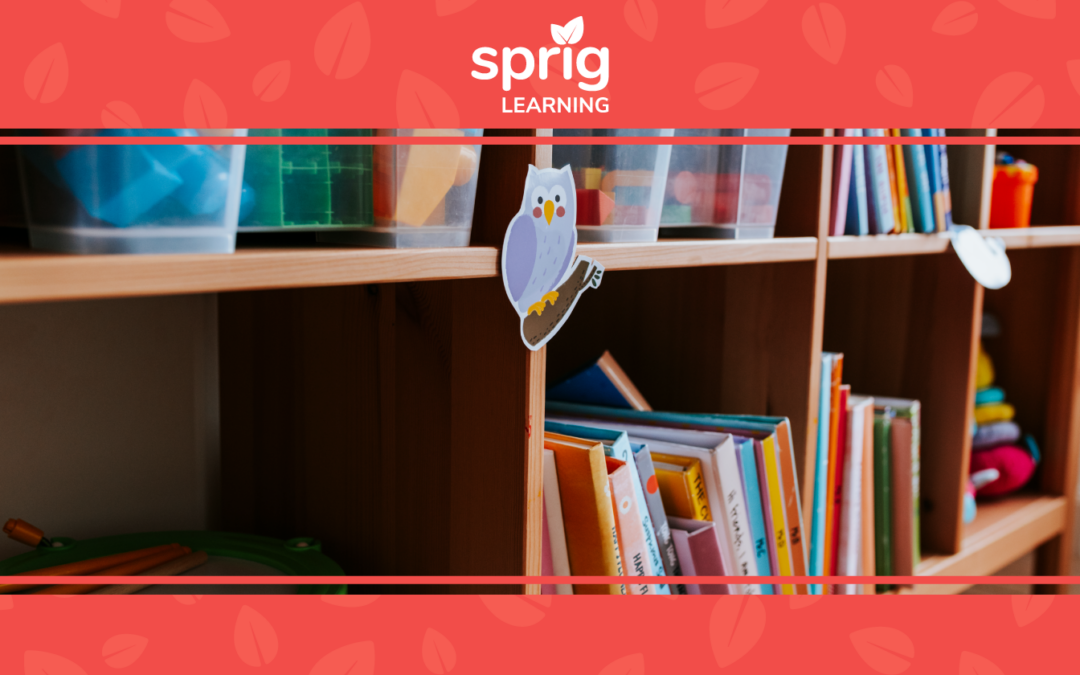Sprig Learning provides every child a fair shot at success by improving early literacy.
Sprig Language leverages data from assessments to create an evidence-based approach that improves early literacy gains.
When discussing early literacy strategies, there can be more than one evidence-based approach. Science of reading, or structured literacy, is a well studied concept.
Throughout the years, this concept has had its supporters. Due to the evolving nature of research, it is difficult to be conclusive in stating what is the best approach for early literacy development.
There are hundreds of different factors that determine literacy success, and there are potentially more factors that remain unresearched.
That being said, the evidence for the Science of Reading deserves thorough consideration from educators who are looking for ways to build early literacy skills in and develop proficient readers in their classrooms.
In this article, we look at how the Science of Reading informs early literacy strategies.
The Science of Reading—In Theory and Practice

The International Literacy Association defines the Science of Reading as a body of “objective investigation and accumulation of reliable evidence about how humans learn to read and how reading should be taught.”
Thus, the Science of Reading is composed of two main parts. One is understanding how language is learned. The other is the application of such knowledge.
The Science of Reading draws from several academic disciplines to understand the processes that are required for successful reading acquisition.
It has been argued that what we know so far about the Science of Reading has not been adequately transferred into instructional practices for reading in the classroom.
Achieving the Ultimate Literacy Goal Through Science of Reading
Reading comprehension is hailed as the ultimate goal of learning to read.
There is strong evidence to suggest that reading comprehension arises from the ability to comprehend spoken language and to read words.
In order to achieve this, an early learner must first be well versed in oral language and acquire sufficient skill to decode words.
In classrooms, this translates to educators ensuring that their students are able to make sounds, and are aware of the sound structure of the words they are speaking.
A solution that specializes in oral language development can help to ensure progression through the different levels of phonological awareness.
The transition from oral language to phonological awareness to decoding words on print is further corroborated by research in the following section.
The Science of Reading: 5 Components for Effective Reading Instruction

Several decades of scientific research on reading reveals that effective reading instruction addresses five key areas. Namely:
- Phonemic awareness
- Phonics
- Fluency
- Vocabulary
- Comprehension
Phonemic awareness is the most advanced stage of phonological awareness, consisting of activities such as blending sounds into words and segmenting words into sounds. It is the culmination of oral language skills.
Phonics becomes relevant in the decoding phase of the early learner’s journey, which is both visual and auditory in nature. Students make the connection between words and sounds while attempting to read.
Fluency is the ability to read accurately with proper expression. Sentence syntax and punctuation are important here.
Vocabulary involves learning the meaning of more words to extend the range of what can be read and understood.
Comprehension is the ultimate goal of reading. It is the ability to construct meaning from all other skills before it.
Strategic Reading Instruction— Systematic and Explicit Teaching
In any teaching strategy, systematic and explicit instruction is proven to be the best way to teach the 5 essential reading components.
Jointly, they might be referred to as strategic reading instruction.
Systematic instruction is the act of teaching skills and concepts in a planned and logically progressive sequence.
As demonstrated before, the 5 reading components are best taught sequentially in strategic reading instruction.
It’s not that early learners can’t learn how to read otherwise, but the linkage between each of the steps is evident.
A study of over 1,000 school children from preschool to Grade 3, found that oral language had both a direct and indirect positive effect on word recognition. It provided a better foundation for early reading skill, compared to only relying on vocabulary.
In addition to the order of lessons in the curriculum, the other part of the equation is the act of teaching itself. In this regard, explicit instruction is favored.
Explicit instruction is the act of telling the students what is being taught. Lessons are clearly defined where the students understand what they have to do.
Opportunities are provided to practice the demonstration of the newly learned skill or concept.
Timely assessments are administered to monitor progress. These are known as formative assessments.
Stages of Literacy Development

As the science of reading is a systematic process of instruction, it helps to look at this medium of instruction via the lens of literacy development.
Maryanne Wolf, author, professor, and early literacy advocate, proposes 5 stages of literacy development. Of these, the first three are pertinent to early learning as it deals with preschool to Grade 3 education.
- The emerging pre-reader, who is typically under 6 years of age.
At this stage, the early learner learns through exposure to high-quality literacy materials and work on their oral language development.
- The novice reader, who is typically between 6 and 7 years of age.
At this stage, the student learns the relationships between letters and sounds and between spoken and printed words.
- The decoding reader, who is typically between 7 and 9 years of age.
At this stage, the early learner begins to read with increasing fluency.
Progression of Steps
Thus, we see the evolution of the early reader, who gains proficiency in reading by progressing from preschool to kindergarten and then to the primary years.
There are two more stages. The fluent reader, who is typically between 9 and 15 years of age. And the expert reader, who is typically above 16 years of age.
In these stages, the reader uses all of their knowledge and skills gained to think about and comprehend what is being read. They also read from a wide variety of subject matters.
It’s the earlier stages however, that has the most significant impact on reading success later on in life.
The science of reading makes a particular difference in the early learning phase, where certain skills have to be taught and assessed that have to do with the act of reading.
Using the Science of Reading for Effective Early Literacy Instruction

A meta-analysis of more than 70,000 studies looked at interventions that improved performance in the language and literacy domains of: language, phonological awareness, print knowledge, decoding, early writing, and general literacy.
It found that instruction that taught a specific literacy domain is likely to increase student performance in that domain.
Interventions that focused on the domain of language exclusively, had a greater positive impact in smaller groups or one-on-one settings, compared to bigger groups.
Thus, for effective early literacy instruction, the Science of Reading approach is helpful as it isolates each learning component so strong bonds between each component can be formed.
It does not attempt to try to teach everything simultaneously.
Furthermore, the importance of oral language is stressed, especially in smaller settings.
Indeed, it’s why Sprig Learning programs collect student insights, which can be used to provide differentiated instruction to groups of students or individual students. Early learners can be grouped into different levels according to their reading ability.
Sprig Language focuses particularly on the development of oral language.
Another finding was that instruction that teaches both phonological awareness and print knowledge leads to improvements in decoding.
This further establishes the fact how all the early literacy domains are interconnected.
By not only learning reading skills, but having access to high-quality reading materials, it is possible to advance in reading.
The Science of Reading—A Part of Early Literacy Strategy

Regardless of what the future holds for the Science of Reading (depending on new evidence), it’s worth exploring at a time when there is mass learning recovery happening across North America.
Even before the pandemic, literacy assessment scores were on the decline.
In tandem with other early literacy strategies, the Science of Reading concepts are worth introducing into classrooms. Especially when there is ample evidence for its success.
To learn more about how to apply some of the Science of Reading concepts discussed in this article, (such as focusing individually on each early literacy component, systematically assessing each student, and incorporating high-quality reading materials into the curriculum), please get in touch with us.

